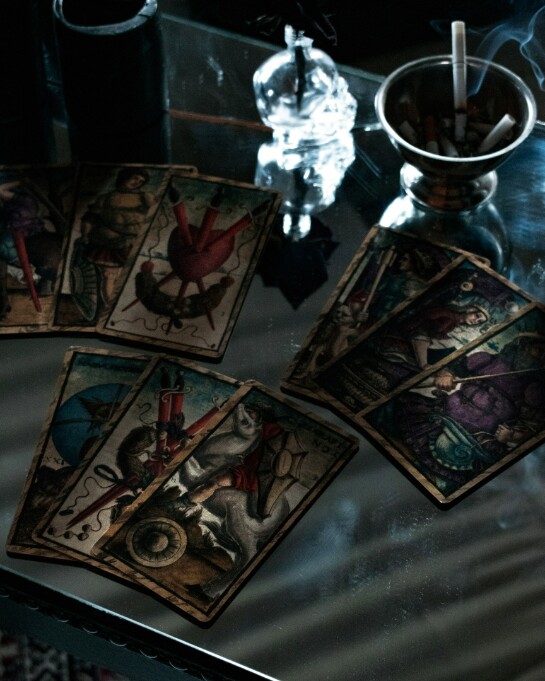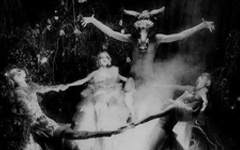Trahor Fatis..

The Latin motto "Trahor Fatis" (I am drawn by Fate) appears but four times in the Tarot masterpiece of the Italian Renaissance, the Sola Busca deck, and yet it hangs unmistakably over the cards’ entire colorful procession of ancient Greek and Roman heroes. Armored in the style of late-fifteenth century northern Italy, they bear bagpipes, shields, lyres, pennants, staffs, and torches, while accompanied by basilisks, crows, falcons, doves, and eagles. Every single card is a miniature drama - the expressions of the highly individualized figures inviting us to speculate, like the Tarot itself, on the past and future of this cryptic world.

Considered the oldest complete seventy-eight card tarot deck in existence, the Sola Busca - named for the family of Milanese nobles who owned it for some five generations - was the first to be produced using copperplate engraving. It is also the earliest known tarot deck that illustrates the Major and Minor Trumps in the way that has become the standard, with characters and objects depicting allegorical scenes. In the Renaissance era this would have been revolutionary, while, today, some of these cards may seem familiar. In 1909, when Arthur Edward Waite commissioned artist Pamela Colman-Smith to illustrate his The Pictorial Key to the Tarot, she drew inspiration - and for nearly a dozen cards, the exact imagery - from the Sola Busca deck.

The genius of the Tarot is its multivocality, its ability to convey manifold meanings independent of the interrogator. Shorn from the historical, mythological, and pictorial associations that would have been available to its users in fifteenth-century Venice, the Sola Busca deck is limited in its use for divinatory purposes today, and yet, its enigmatic imagery irresistibly invites decoding..
Discover the Sola Busca Tarot Deck
